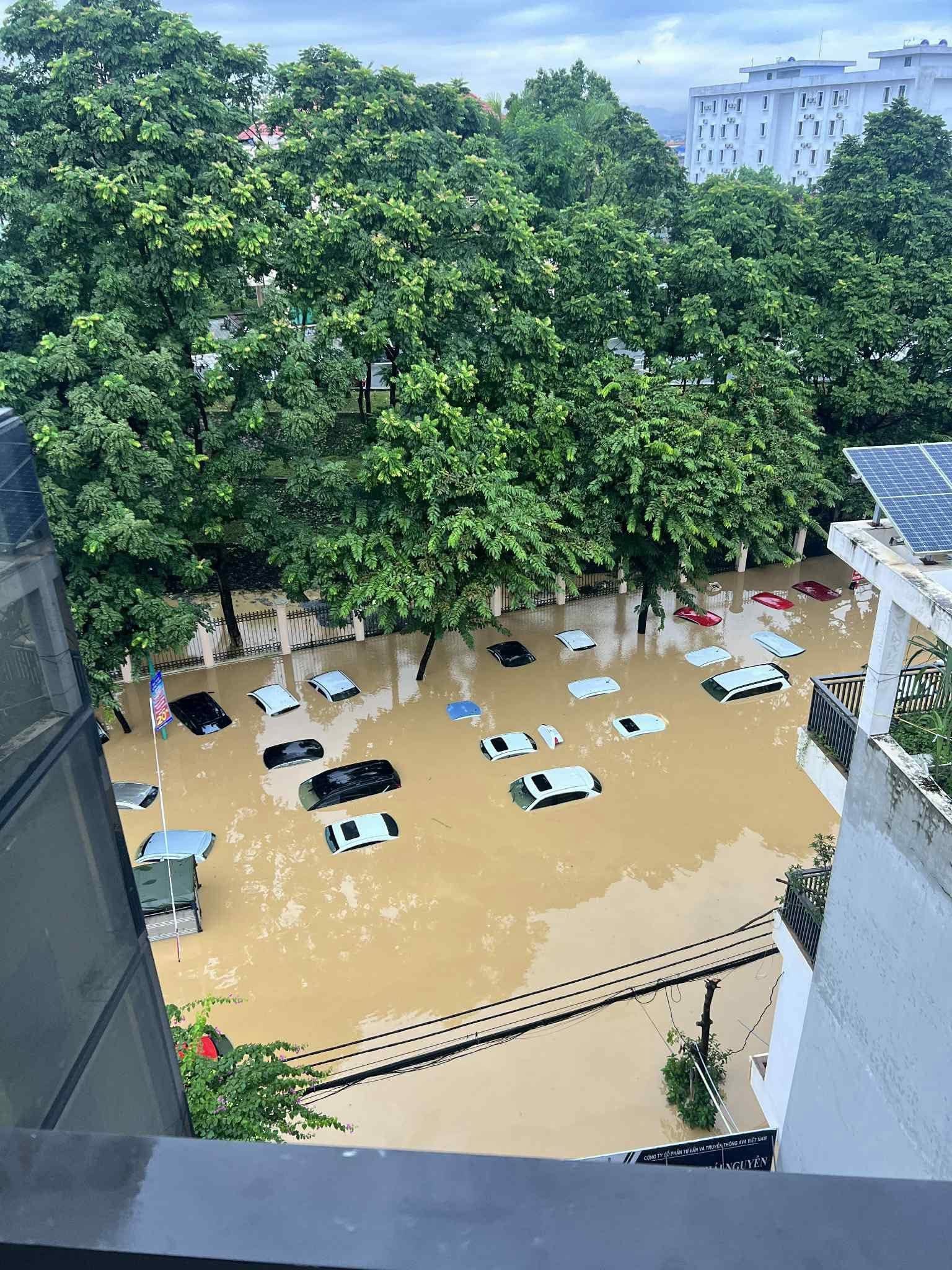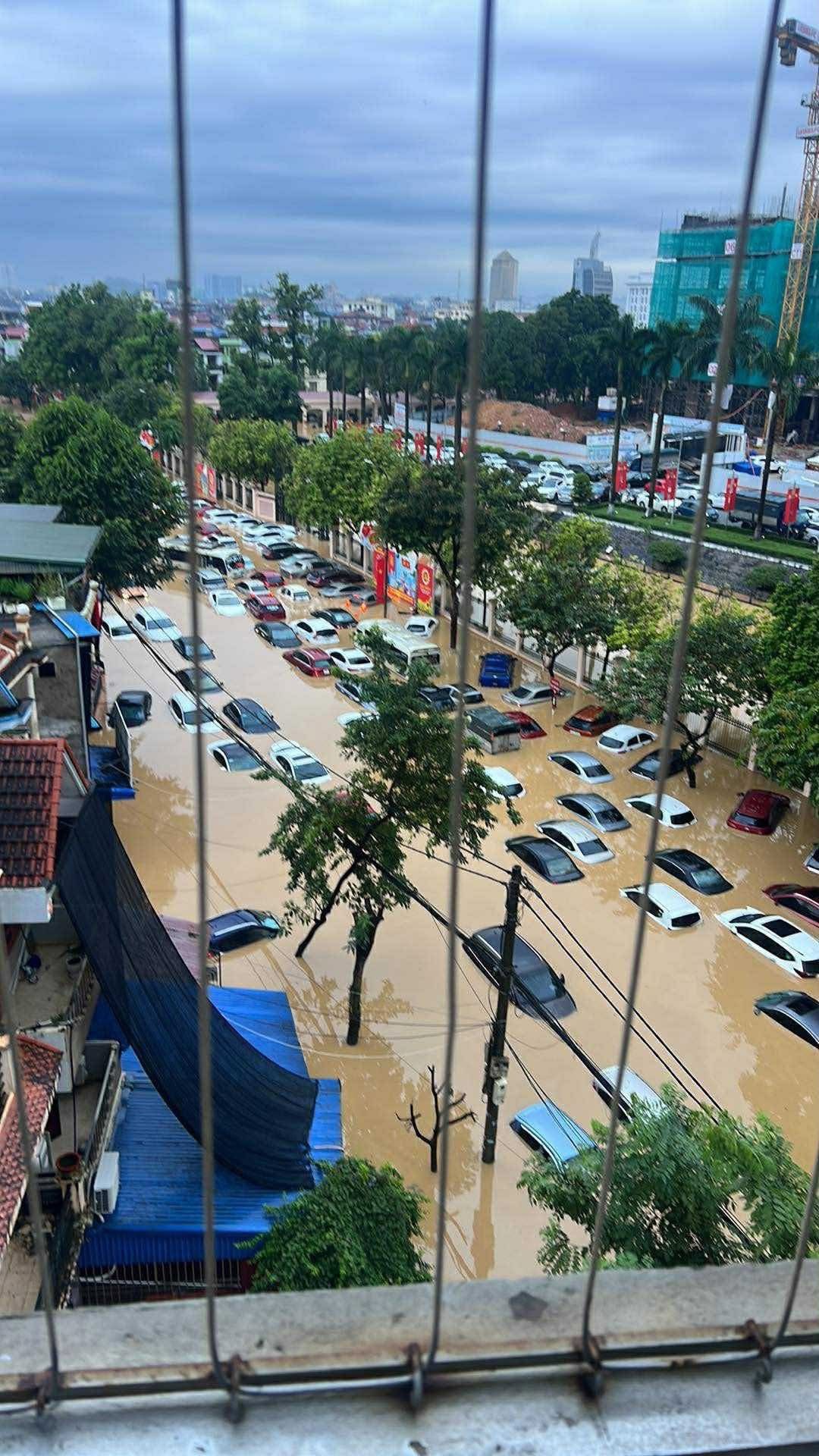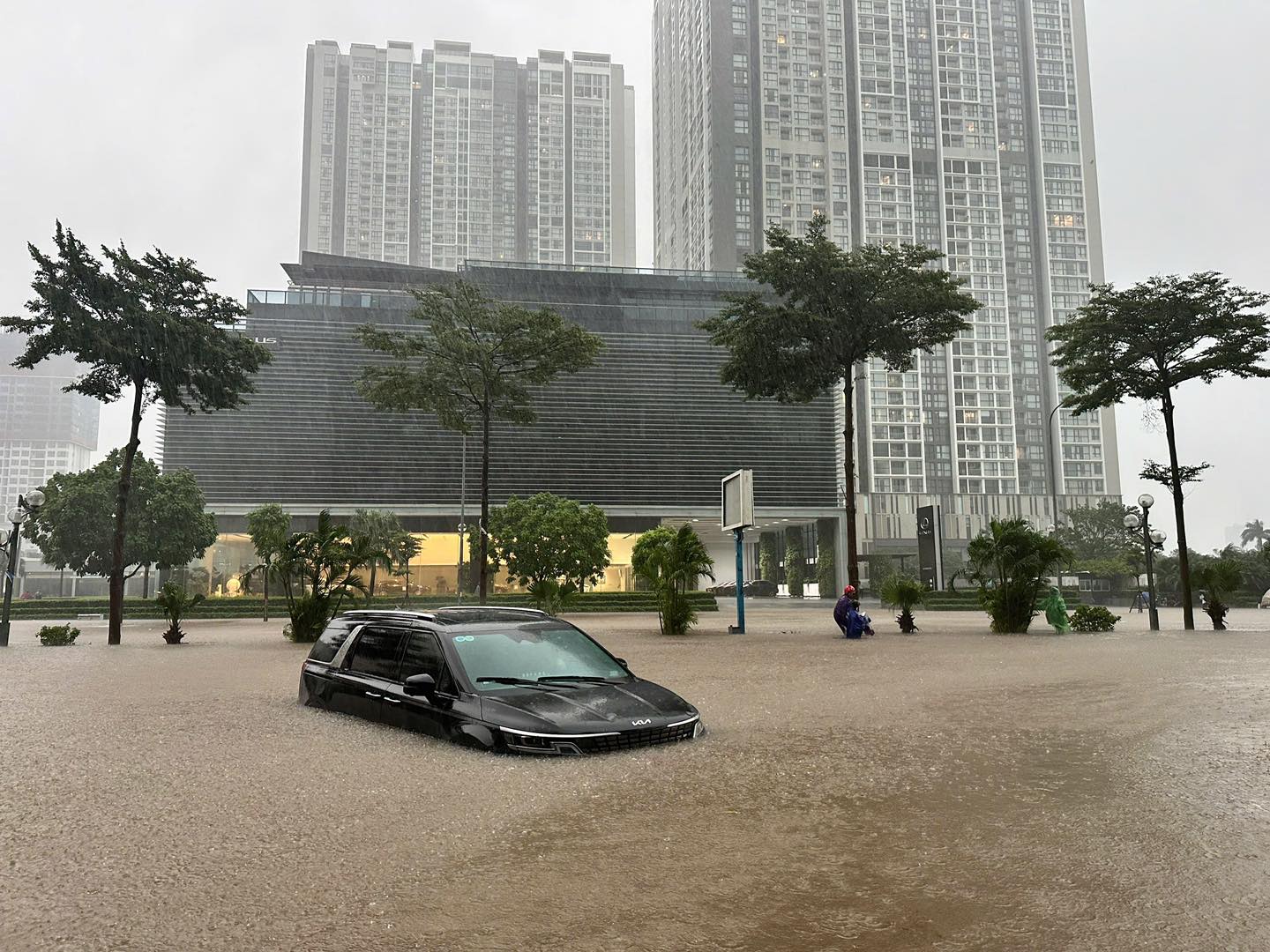Why you should never buy an old car in Vietnam: A cautionary tale about flood damage and dealer deception
October 9, 2025
I'll be honest with you: if someone offers you what seems like an amazing deal on a used car in Vietnam, run the other way. I know that sounds extreme, but after watching what happened during the recent typhoon season and learning how the used car market really operates here, I can't in good conscience recommend buying anything but a new vehicle.
Let me explain why.
Vietnam's devastating 2024-2025 typhoon season changed everything
Vietnam has always dealt with storms, but the 2024-2025 season was particularly brutal. Typhoon Yagi alone resulted in 273 deaths and displaced over 74,500 families , causing massive flooding across northern regions including Hanoi. Then came Typhoon Bualoi in September, followed by Matmo in October 2025.

Look at that image. Those aren't just a few dozen cars-that's thousands of vehicles completely submerged in Thai Nguyen. And here's another view of the same devastation:

These weren't isolated incidents. The flooding from 2024's Typhoon Yagi affected parts of Hanoi, toppled trees, and disrupted traffic , leaving countless vehicles damaged. Even in the capital, cars were sitting in water up to their windows:

Now, where do you think all those flooded vehicles went?
The used car dealer's playbook: turning flood damage into profit
Here's the uncomfortable truth about Vietnam's used car market: those thousands of flood-damaged vehicles didn't just disappear. They became inventory.
The system works like this:
-
Dealers hunt for damaged vehicles - After major flooding, specialized dealers scour affected areas looking for water-damaged cars. Owners desperate to get rid of their ruined vehicles sell them for a fraction of their value.
-
Deep cleaning and cosmetic restoration - The cars get thoroughly cleaned, dried out, and detailed. Interiors are shampooed, carpets replaced if needed, and every visible trace of water damage removed.
-
Mechanical band-aids - Any immediate mechanical issues get patched up-just enough to get the car running smoothly for test drives.
-
Odometer tampering - Many dealers roll back the mileage to make the vehicle appear less used and more valuable.
-
Resale at near-new prices - The car hits the lot looking pristine, priced like a gently used vehicle with no mention of its waterlogged past.
The profit margins are astronomical. A car bought for pennies on the dollar after a typhoon can be resold for 80-90% of market value after some cosmetic work.
Why flood-damaged cars are ticking time bombs
You might think, "If it looks good and runs fine, what's the problem?" The problem is everything underneath what you can see.
Flood damage can significantly reduce a vehicle's market value and lead to unexpected and significant repair costs, especially with newer vehicles that have sensitive electronic wiring and computer components that may be permanently impaired by water damage .
Modern cars are essentially computers on wheels. When water infiltrates:
-
Electrical systems corrode slowly - Even after cleaning, moisture trapped in wiring harnesses causes progressive corrosion. Systems that work today might fail in six months.
-
Hidden rust spreads - Water gets into places you can't easily inspect: inside doors, under carpeting, within structural components. That rust spreads silently.
-
Sensors and modules fail unpredictably - Anti-lock brakes, airbag systems, engine computers-all vulnerable to water damage that manifests later.
-
Mold and mildew health hazards - Even with cleaning, mold spores can remain in ventilation systems and foam padding, creating ongoing health issues.
Some water-damaged cars are repaired and resold in other parts of the country without the buyer being aware of the car's waterlogged history, passing along reliability risks and the potential for pricey repairs . This is a global problem, but Vietnam's regulatory environment and inspection standards make it particularly easy for unscrupulous dealers to operate.
Red flags when shopping for used cars in Vietnam
If you're determined to buy used despite my warnings, watch for these signs:
Physical indicators
- Musty smell that air fresheners can't mask
- Moisture or fog inside headlights or taillights
- Rust in unusual places like screw heads or under the dashboard
- Water lines on the engine or inside the trunk
- Mismatched carpets or upholstery that looks newer than the car
Mechanical concerns
- Electrical gremlins - Windows, locks, or dashboard displays that work intermittently
- Engine problems that appear without clear cause
- Brittle or corroded wiring visible in the engine bay
Documentation issues
- Missing service records or vague maintenance history
- Reluctance from the dealer to provide vehicle history
- Suspiciously low price for the condition and stated mileage
- Pressure to buy quickly before you can have it inspected
"The problem is, speed without strong inspection processes opens the door for flood cars to slip through. About half of all hurricane-damaged vehicles eventually make their way back into the market." - Florida Automobile Dealers Association
My honest recommendation: buy new in Vietnam
After everything I've learned about the used car market here, my advice is simple: save up and buy new.
Yes, new cars cost more upfront. But consider:
- Full manufacturer warranty protecting you from defects
- Known history - you're the first owner
- No hidden damage from floods, accidents, or tampering
- Better financing options from dealerships and banks
- Peace of mind worth every extra dong you spend
The Vietnamese new car market is competitive, with good options across price ranges. Major brands offer reasonable financing, and the long-term reliability makes the higher initial investment worth it.
If you absolutely must buy used, only consider vehicles from before 2024 (to avoid typhoon season damage) and insist on:
- Complete maintenance records
- A pre-purchase inspection by an independent mechanic
- A test drive in various conditions
- Time to research the seller's reputation
But honestly? Just buy new.
The bottom line
Vietnam's used car market is flooded-pun intended-with vehicles that have hidden damage. Between actual flood damage from our increasingly severe typhoon seasons, collision damage that's been covered up, and widespread odometer fraud, the odds of getting a reliable used vehicle are not in your favor.
Water damage can lead to corrosion in electrical systems and mechanical components, causing long-term reliability issues that could shorten the vehicle's lifespan , even if repairs are made.
Those images of thousands of cars sitting in floodwater? They didn't evaporate. They're in the market now, waiting for unsuspecting buyers who think they're getting a deal.
Don't be that buyer. Save your money, do your research, and invest in a new vehicle. Your future self-and your wallet-will thank you.
